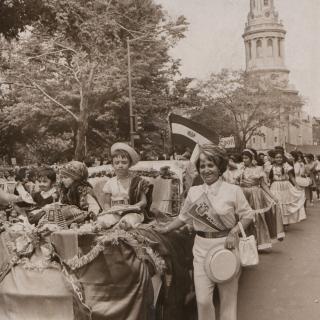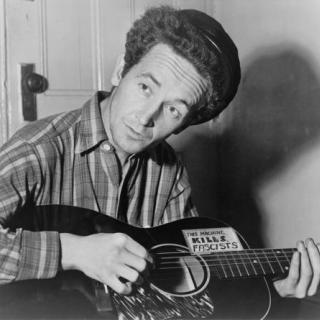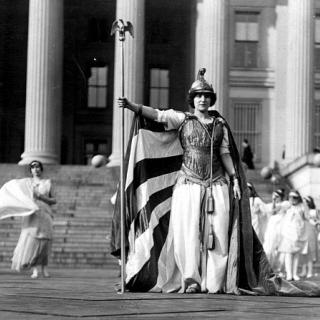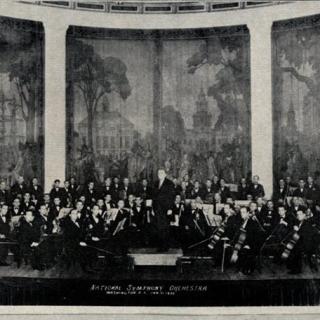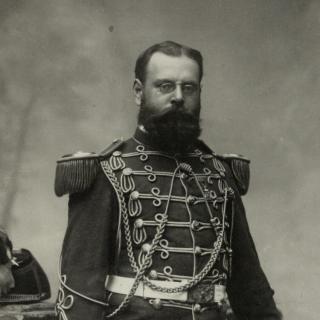William Lee Fought for America's Independence Alongside His Enslaver, George Washington
In the years after the Revolutionary War, George Washington’s plantation estate Mount Vernon became a place of patriotic pilgrimage. Many veterans, diplomats, artists, and others interested in the war years came to call on General Washington, hoping to share stories of a conflict that was already becoming mythologized in American history. While at Mount Vernon, many also took the time to see the plantation’s other resident veteran. “Among the many interesting relics of the past…was old Billy, the famed body-servant of the commander-in-chief,” recalled Washington’s step-grandson, George Washington Parke Custis. “Billy carefully reconnoitered the visitors as they arrived, and when a military title was announced, the old body servant would send his compliments to the soldier, requesting an interview at his quarters. It was never denied, and Billy, after receiving a warm grasp on the hand, would say, ‘Ah, colonel, glad to see you; we of the army don’t see one another often in these peaceful times.’”1
Billy—also known as William Lee—was George Washington’s personal servant, or “valet de chambre.” Enslaved at Mount Vernon since 1768, he accompanied Washington throughout the Revolutionary War, a witness to the Revolution and the events that preceded it. In 1774, he traveled to Philadelphia, where Washington served in the First Continental Congress—the body that would eventually vote for independence and appoint Washington the leader of a new American army. With that army, Lee traveled up and down the Eastern Seaboard, surviving battles at Monmouth and Yorktown and freezing winters at Valley Forge. Witnesses recount that Lee hardly left his enslaver’s side, following him into battle when necessary.
But despite his famed life and status as an American veteran, Lee’s heroism has largely been forgotten. In his lifetime, he was a curiosity or “relic” to be marveled at—in history, he is a brief aside in biographies of George Washington. “Had Billy Lee been a white man, he would have had an honored place in American history because of his close proximity to [Washington] during the most exciting periods in his career,” notes the historian Fritz Hirschfeld, “but because he was a Black servant, a humble slave, he has been virtually ignored by both Black and white historians and biographers.”2
Lee was about eighteen years old when he came to Mount Vernon, purchased by Washington to perform household labor on the estate. At some point, Lee began to take care of his enslaver’s personal needs: dressing, bathing, and even companionship. He also became a skilled horseman and hunter, often Washington’s preferred servant to bring on fox hunts in the Virginia countryside. In his memoirs, Custis described Lee as a “fearless horseman” who “would rush at full speed through brake or tangled wood, in a style at which modern huntsmen would stand aghast.”3
As such a close and trusted servant to Washington, it makes sense that Lee began to accompany him on his travels—sometimes on surveying expeditions in the Ohio River Valley, but more often to Williamsburg, where Washington served in the Virginia House of Burgesses. By the time Washington was called to Philadelphia to represent Virginia in the Continental Congress, Lee went too. And when Washington accepted his appointment as the Commander in Chief of the new Continental Army, Lee followed him to every encampment and battle over the next eight years.
In addition to dressing and looking after Washington as usual, Lee was now somewhat of a military aide, responsible for making sure that the new General was prepared for command and battle. While encamped, he groomed Washington’s horses (as well as his own), delivered messages on Washington’s behalf, and made sure that the command tents were well-stocked with any provisions the officers might need. In battle, Lee’s horsemanship came in handy—he was always by Washington’s side, apparently “ready to provide a sword or field glass at Washington’s request.”4 Lee became such a familiar, recognizable figure in the Continental Army that he may feature in the famous portrait of George Washington as General, painted in 1780 by John Trumbull. Trumbull served as a military aide during the war, so probably knew Lee too—well enough to know that any portrait of the General should include the man always at his side.
Lee witnessed—and participated in—some of the most famous moments in early American history, something that made him proud. Years later, when he swapped stories with other veterans, he loved to mention the cold at Valley Forge (the infamous winter campsite of the Continental Army in 1777-1778) and the heat at the Battle of Monmouth (a decisive American victory in 1778).5 When a British diplomat visited Mount Vernon in 1805, Lee asked after the health of Lord Cornwallis, whose troops’ surrender at Yorktown—all but ending the war in 1781—Lee had witnessed.6 After the war, in 1787, Lee accompanied Washington on one final, history-making trip: to the Constitutional Convention in Philadelphia. From the earliest whispers of independence to the birth of the United States government—Lee had seen it all.
It is important to remember, though, that despite his many adventures during the war, Lee was still enslaved by Washington. When the war ended and Washington returned to his Virginia estate, life as normal resumed for Lee as well—he continued his domestic work for the Washingtons and reunited with the family he’d left behind. His closeness to Washington meant that he held an esteemed place in the enslaved community at Mount Vernon, receiving attention from the Washingtons that others did not. When debilitating injuries prevented him from attending to the new President Washington in New York and Philadelphia, Lee became an overseer at Mount Vernon.7 Washington arranged for special medical care for Lee’s disabilities as some reward for his faithful war service, though clearly regretted losing him, lamenting in one letter that “nothing short of excellent qualities and a man of good appearance, would induce me” to find a suitable replacement.8
Washington also intervened when Lee faced separation from Margaret Thomas, a free Black woman whom he married in Philadelphia during the war. She may have worked for the family at some point as hired help, but Washington was not especially fond of her and hoped that the romance would die down. But even though the marriage was not technically legal, and Washington “never wished to see her no more,” he did attempt to arrange Thomas’s transportation to Mount Vernon, where she could live with her husband. “I cannot refuse his request,” he wrote of Lee in a letter, “as he has lived with me so long [and] followed my fortunes through the War with fidelity.”9 Unfortunately, evidence suggests that Lee never reunited with his wife.
In 1799, just before his death, Washington recognized Lee’s service one final time. In his will, he requested that his 174 enslaved workers be emancipated upon his wife’s death. Only one gained freedom immediately: Lee, “as a testimony of my sense of his attachment to me, and for his faithful services during the Revolutionary War.”10 The will also gave Lee a yearly pension and the choice to stay at Mount Vernon if he wished, where he would be provided for. Though indeed a mark of Washington’s loyalty to his wartime companion, it is a stark reminder that Lee’s life had been entirely in his enslaver’s power.
Lee chose to stay at Mount Vernon, the only home he had ever known, for the rest of his life. Disability prevented him from moving freely, so he worked as the cobbler on the estate. He also suffered from alcoholism, which caused further health problems as he grew older. Still, Lee was well remembered by the Washington family and all the pilgrims coming to Mount Vernon. He died in 1810 and was likely buried in the enslaved community’s burial ground on the plantation, which has recently been rediscovered and memorialized.11
Memories of Lee’s wartime service died with him and those who knew him—for decades, he became a supporting character in Washington’s story, if he was mentioned at all. But thanks to historians and staff at Mount Vernon, who are working hard to uncover the stories of the plantation’s enslaved community, visitors can interact with Lee again. Since he loved to tell stories of everything he had seen and done during the Revolutionary War, it seems appropriate that his stories are being shared with visitors once again.
Footnotes
- 1
George Washington Parke Custis, Recollections and Private Memoirs of Washington (Derby & Jackson, 1860), 450-451.
- 2
Fritz Hirschfeld, George Washington and Slavery: A Documentary Portrayal (University of Missouri Press, 1997), 111.
- 3
Custis, 387.
- 4
“William ‘Billy’ Lee,” American Battlefield Trust, https://www.battlefields.org/learn/biographies/william-billy-lee
- 5
Custis, 451.
- 6
Carla Killough McClafferty, Buried Lives: The Enslaved People of George Washington’s Mount Vernon (Holiday House: 2018), 102
- 7
“William ‘Billy’ Lee,” American Battlefield Trust, https://www.battlefields.org/learn/biographies/william-billy-lee
- 8
Hirschfeld, 107.
- 9
Hirschfeld, 106.
- 10
Hirschfeld, 108-109.
- 11
McClafferty, 102.




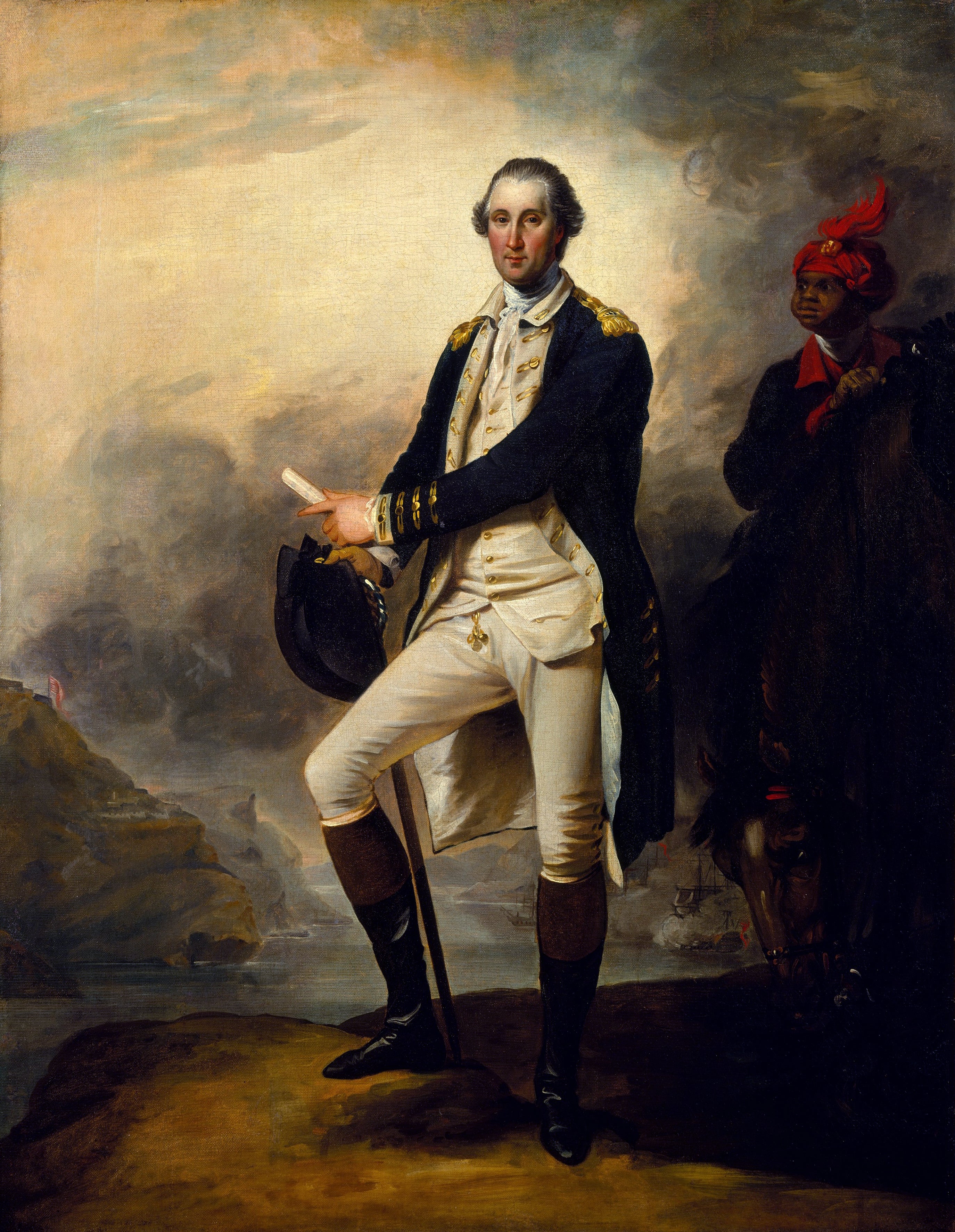
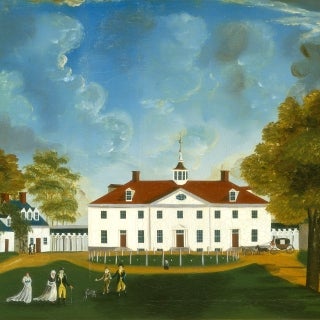
![Newspaper advertisement for Ona Judge, runaway slave [Source: Encyclopedia Virginia]](/sites/default/files/styles/crop_320x320/public/2024-05/Ona%20Judge%20-%20Runaway%20Ad.jpg?h=10a38b52&itok=0_-DEpCm)
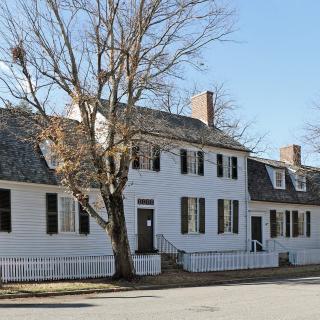
![Sketch of the mythical fuan by Pearson Scott Foresman. [Source: Wikipedia]](/sites/default/files/styles/crop_320x320/public/2023-10/Goatman_Wikipedia_Faun_2_%28PSF%29.png?h=64a074ff&itok=C9Qh-PE1)
